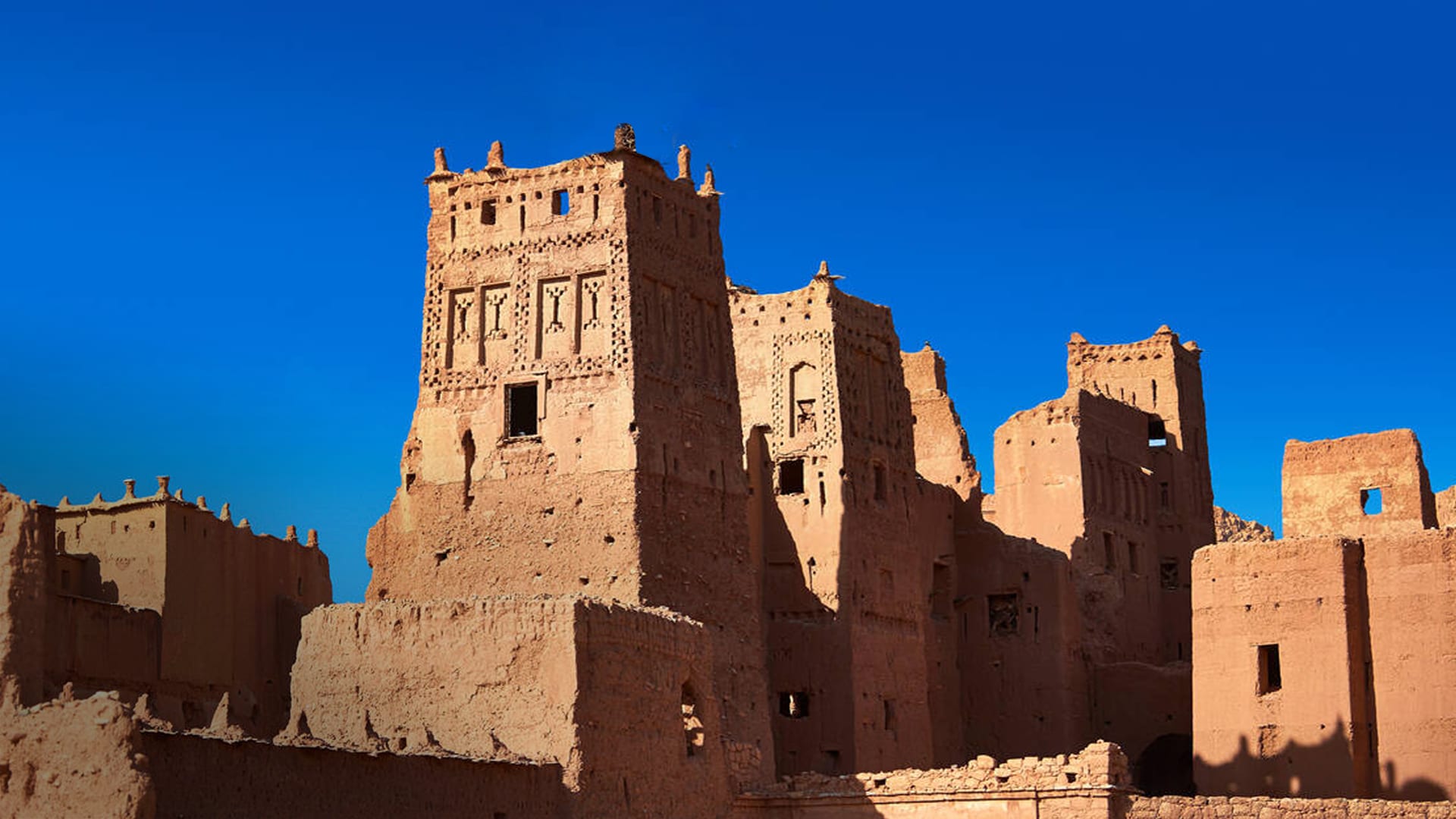Scroll for prep

Please wait…
This video is having trouble loading. You may have lost your Internet connection.
Step 1: Click to Reload this page
Step 2: Click to
Try our other video player
Step 3: contact support if trouble persists.
Or,
dismiss this message.
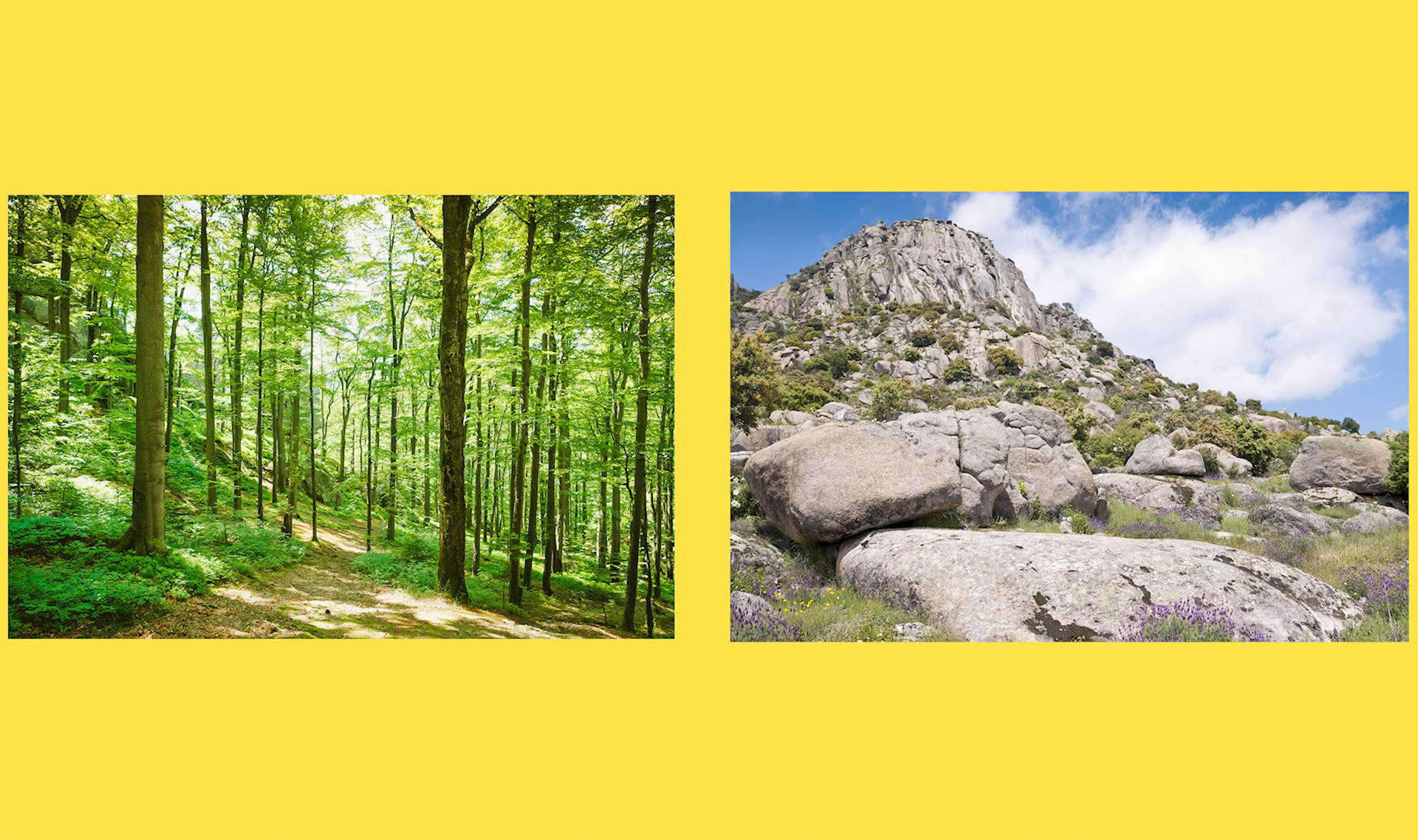
Conversemos:
¿Qué puedes ver en estos lugares que podrías usar para construir una casa?
¿Qué puedes ver en estos lugares que podrías usar para construir una casa?

Please wait…
This video is having trouble loading. You may have lost your Internet connection.
Step 1: Click to Reload this page
Step 2: Click to
Try our other video player
Step 3: contact support if trouble persists.
Or,
dismiss this message.
CONVERSEMOS:
¿Qué tipo de cosas son buenas para construir una casa?
¿Qué es lo que hace que un material sea bueno para construir algo?

Please wait…
This video is having trouble loading. You may have lost your Internet connection.
Step 1: Click to Reload this page
Step 2: Click to
Try our other video player
Step 3: contact support if trouble persists.
Or,
dismiss this message.

Discuss:
¿Qué tendría de bueno vivir en una casa hecha de almohadas?
¿Qué tendría de malo vivir en una casa hecha de almohadas?
¿Qué tendría de bueno vivir en una casa hecha de almohadas?
¿Qué tendría de malo vivir en una casa hecha de almohadas?

Please wait…
This video is having trouble loading. You may have lost your Internet connection.
Step 1: Click to Reload this page
Step 2: Click to
Try our other video player
Step 3: contact support if trouble persists.
Or,
dismiss this message.
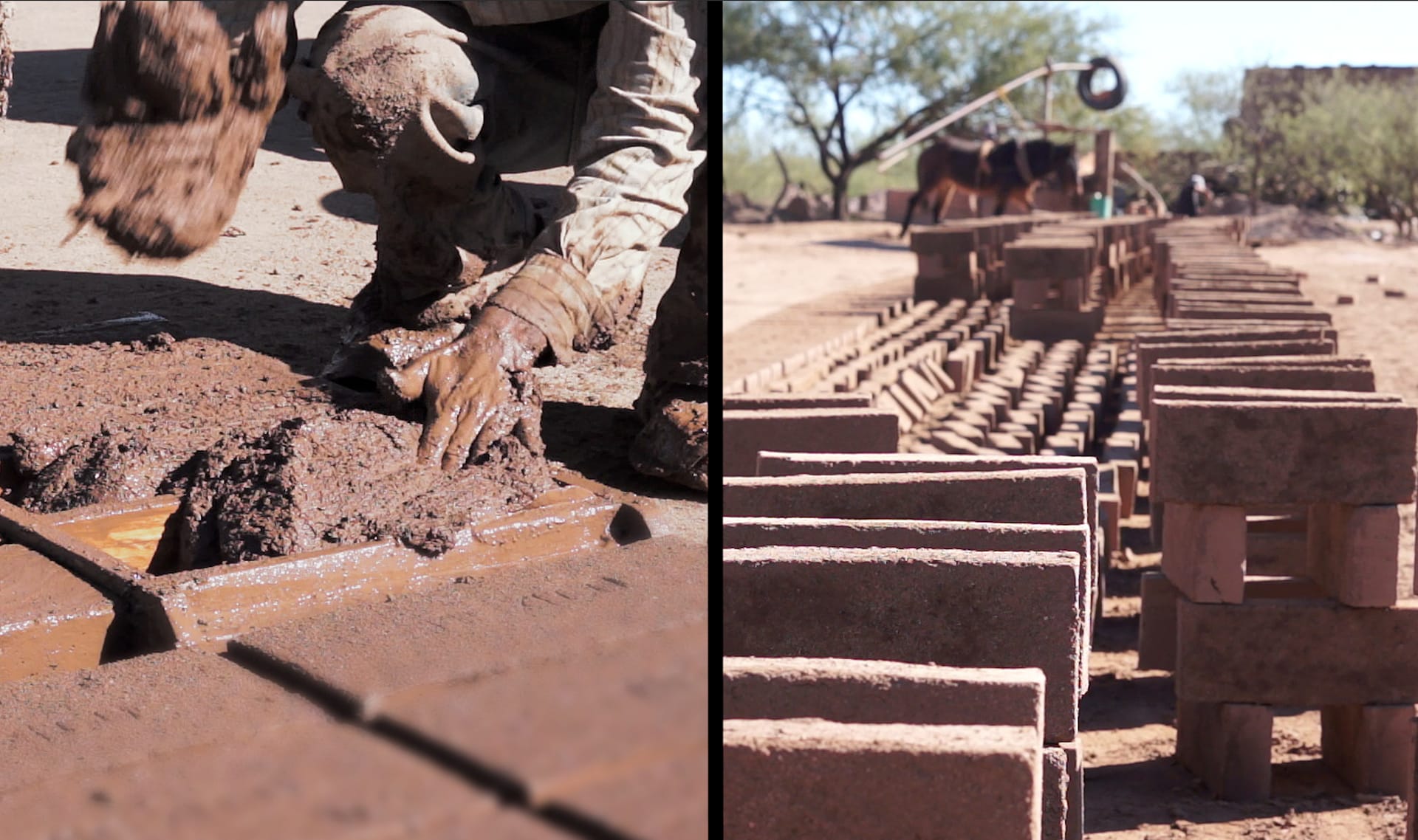
Conversemos:
¿Cómo es diferente el lodo mojado al lodo seco?
¿Cómo es diferente el lodo mojado al lodo seco?

Please wait…
This video is having trouble loading. You may have lost your Internet connection.
Step 1: Click to Reload this page
Step 2: Click to
Try our other video player
Step 3: contact support if trouble persists.
Or,
dismiss this message.
CONVERSEMOS:
¿Cómo podrías averiguar que tipo de lodo sería el mejor para construir una casa?

Please wait…
This video is having trouble loading. You may have lost your Internet connection.
Step 1: Click to Reload this page
Step 2: Click to
Try our other video player
Step 3: contact support if trouble persists.
Or,
dismiss this message.

Please wait…
This video is having trouble loading. You may have lost your Internet connection.
Step 1: Click to Reload this page
Step 2: Click to
Try our other video player
Step 3: contact support if trouble persists.
Or,
dismiss this message.
Paso
01/16
01/16
Encuentra un compañero o compañera con quién trabajar. Decidan
quién será el Capitán del Suelo y quién será el Mago del Agua.
quién será el Capitán del Suelo y quién será el Mago del Agua.

Please wait…
This video is having trouble loading. You may have lost your Internet connection.
Step 1: Click to Reload this page
Step 2: Click to
Try our other video player
Step 3: contact support if trouble persists.
Or,
dismiss this message.
Paso
02/16
02/16
Obtén estos materiales. Obtendrás otros materiales más adelante.

Please wait…
This video is having trouble loading. You may have lost your Internet connection.
Step 1: Click to Reload this page
Step 2: Click to
Try our other video player
Step 3: contact support if trouble persists.
Or,
dismiss this message.
Paso
03/16
03/16
Capitán del Suelo y Mago del Agua: Examina cada suelo de mentiras.
¿Cómo se ven? ¿Cómo se sienten? ¿Qué sucede cuando los mezclas
con un palillo de dientes?
¿Cómo se ven? ¿Cómo se sienten? ¿Qué sucede cuando los mezclas
con un palillo de dientes?

Please wait…
This video is having trouble loading. You may have lost your Internet connection.
Step 1: Click to Reload this page
Step 2: Click to
Try our other video player
Step 3: contact support if trouble persists.
Or,
dismiss this message.
Paso
04a/16
04a/16
Conversemos:

Please wait…
This video is having trouble loading. You may have lost your Internet connection.
Step 1: Click to Reload this page
Step 2: Click to
Try our other video player
Step 3: contact support if trouble persists.
Or,
dismiss this message.
Paso
04b/16
04b/16
Esto fue lo que observamos.

Please wait…
This video is having trouble loading. You may have lost your Internet connection.
Step 1: Click to Reload this page
Step 2: Click to
Try our other video player
Step 3: contact support if trouble persists.
Or,
dismiss this message.
Paso
05/16
05/16
Obtén el resto de tus materiales. Vas a necesitar un vaso con agua
y una cuchara.
y una cuchara.

Please wait…
This video is having trouble loading. You may have lost your Internet connection.
Step 1: Click to Reload this page
Step 2: Click to
Try our other video player
Step 3: contact support if trouble persists.
Or,
dismiss this message.
Paso
06/16
06/16
Capitán del Suelo: Detén uno de los vasitos con un Suelo Misterioso.
Mago del agua: Con mucho cuidado, ponle una cucharada de agua a
cada vaso. Es mejor que le falte agua que ponerle demasiada.
Mago del agua: Con mucho cuidado, ponle una cucharada de agua a
cada vaso. Es mejor que le falte agua que ponerle demasiada.

Please wait…
This video is having trouble loading. You may have lost your Internet connection.
Step 1: Click to Reload this page
Step 2: Click to
Try our other video player
Step 3: contact support if trouble persists.
Or,
dismiss this message.
Paso
07/16
07/16
Capitán del suelo: Usa un palillo para mezclar el suelo y el agua en el
vaso A durante 10 segundos. Mago del Agua: Sigue revolviendo la
mezcla. Repitan este paso con el vaso B y el vaso C.
vaso A durante 10 segundos. Mago del Agua: Sigue revolviendo la
mezcla. Repitan este paso con el vaso B y el vaso C.

Please wait…
This video is having trouble loading. You may have lost your Internet connection.
Step 1: Click to Reload this page
Step 2: Click to
Try our other video player
Step 3: contact support if trouble persists.
Or,
dismiss this message.
Paso
08/16
08/16
Prueba #1: La Prueba del Gran Terrón. Trata de levantar un terrón de
lodo con un palillo de dientes. Si el terrón de lodo se queda sobre el
palillo, esto significa que pasó la prueba.
lodo con un palillo de dientes. Si el terrón de lodo se queda sobre el
palillo, esto significa que pasó la prueba.

Please wait…
This video is having trouble loading. You may have lost your Internet connection.
Step 1: Click to Reload this page
Step 2: Click to
Try our other video player
Step 3: contact support if trouble persists.
Or,
dismiss this message.
Paso
09/16
09/16
Conversemos:

Please wait…
This video is having trouble loading. You may have lost your Internet connection.
Step 1: Click to Reload this page
Step 2: Click to
Try our other video player
Step 3: contact support if trouble persists.
Or,
dismiss this message.
Paso
10/16
10/16
Mago del Agua: Voltea el vaso A al revés sobre el plato. Capitán del
suelo: con un lápiz, escribe la letra A sobre el plato, así. Los dos: Hagan
lo mismo con el vaso B y el vaso C.
suelo: con un lápiz, escribe la letra A sobre el plato, así. Los dos: Hagan
lo mismo con el vaso B y el vaso C.

Please wait…
This video is having trouble loading. You may have lost your Internet connection.
Step 1: Click to Reload this page
Step 2: Click to
Try our other video player
Step 3: contact support if trouble persists.
Or,
dismiss this message.
Paso
11/16
11/16
Prueba #2: La Prueba del Ladrillo. Usando tus palillos de dientes, tu
cuchara, o hasta tus dedos, trata de darle forma al lodo. Si el lodo se
queda en la forma que le diste, ¡pasó la prueba!
cuchara, o hasta tus dedos, trata de darle forma al lodo. Si el lodo se
queda en la forma que le diste, ¡pasó la prueba!

Please wait…
This video is having trouble loading. You may have lost your Internet connection.
Step 1: Click to Reload this page
Step 2: Click to
Try our other video player
Step 3: contact support if trouble persists.
Or,
dismiss this message.
Paso
12/16
12/16
Conversemos:

Please wait…
This video is having trouble loading. You may have lost your Internet connection.
Step 1: Click to Reload this page
Step 2: Click to
Try our other video player
Step 3: contact support if trouble persists.
Or,
dismiss this message.
Paso
13/16
13/16
Prueba #3: La Prueba No Muy Pegajosa. Agarra cada tipo de lodo
para ver si se te pega en los dedos. Si el lodo NO se te pega y te lo
puedes quitar fácilmente, entonces pasa la prueba.
para ver si se te pega en los dedos. Si el lodo NO se te pega y te lo
puedes quitar fácilmente, entonces pasa la prueba.

Please wait…
This video is having trouble loading. You may have lost your Internet connection.
Step 1: Click to Reload this page
Step 2: Click to
Try our other video player
Step 3: contact support if trouble persists.
Or,
dismiss this message.
Paso
14/16
14/16
Los dos: Usen una toalla de papel para limpiarse los dedos y las manos.

Please wait…
This video is having trouble loading. You may have lost your Internet connection.
Step 1: Click to Reload this page
Step 2: Click to
Try our other video player
Step 3: contact support if trouble persists.
Or,
dismiss this message.
Paso
15/16
15/16
Conversemos:

Please wait…
This video is having trouble loading. You may have lost your Internet connection.
Step 1: Click to Reload this page
Step 2: Click to
Try our other video player
Step 3: contact support if trouble persists.
Or,
dismiss this message.
Paso
16/16
16/16
Conversemos:

Please wait…
This video is having trouble loading. You may have lost your Internet connection.
Step 1: Click to Reload this page
Step 2: Click to
Try our other video player
Step 3: contact support if trouble persists.
Or,
dismiss this message.
CONVERSEMOS:
¿Qué tipos de pruebas podrías hacer para ver si tu lodo cambiaría en climas extremos (por ejemplo, bajo el sol o la lluvia)?

Please wait…
This video is having trouble loading. You may have lost your Internet connection.
Step 1: Click to Reload this page
Step 2: Click to
Try our other video player
Step 3: contact support if trouble persists.
Or,
dismiss this message.
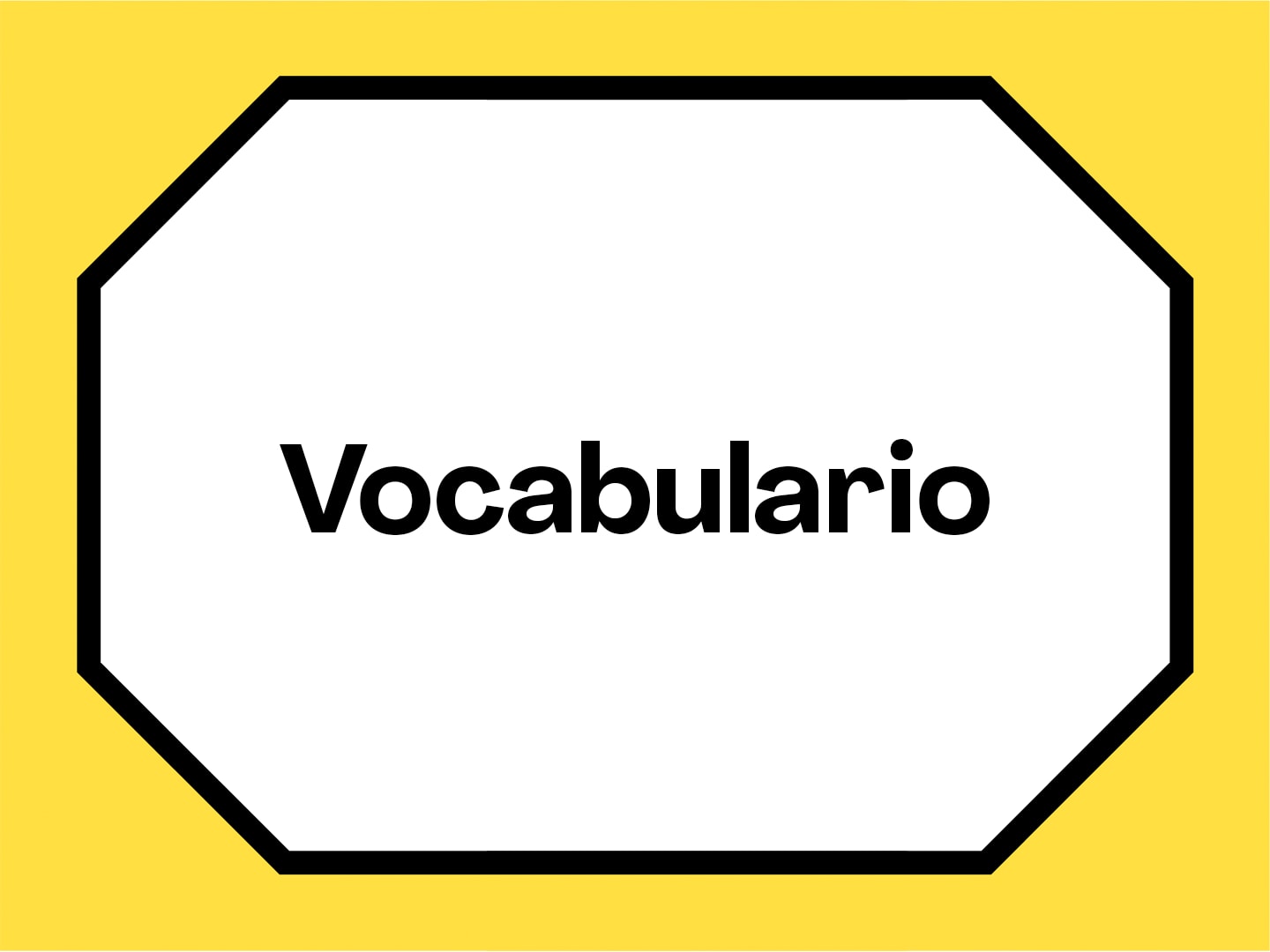
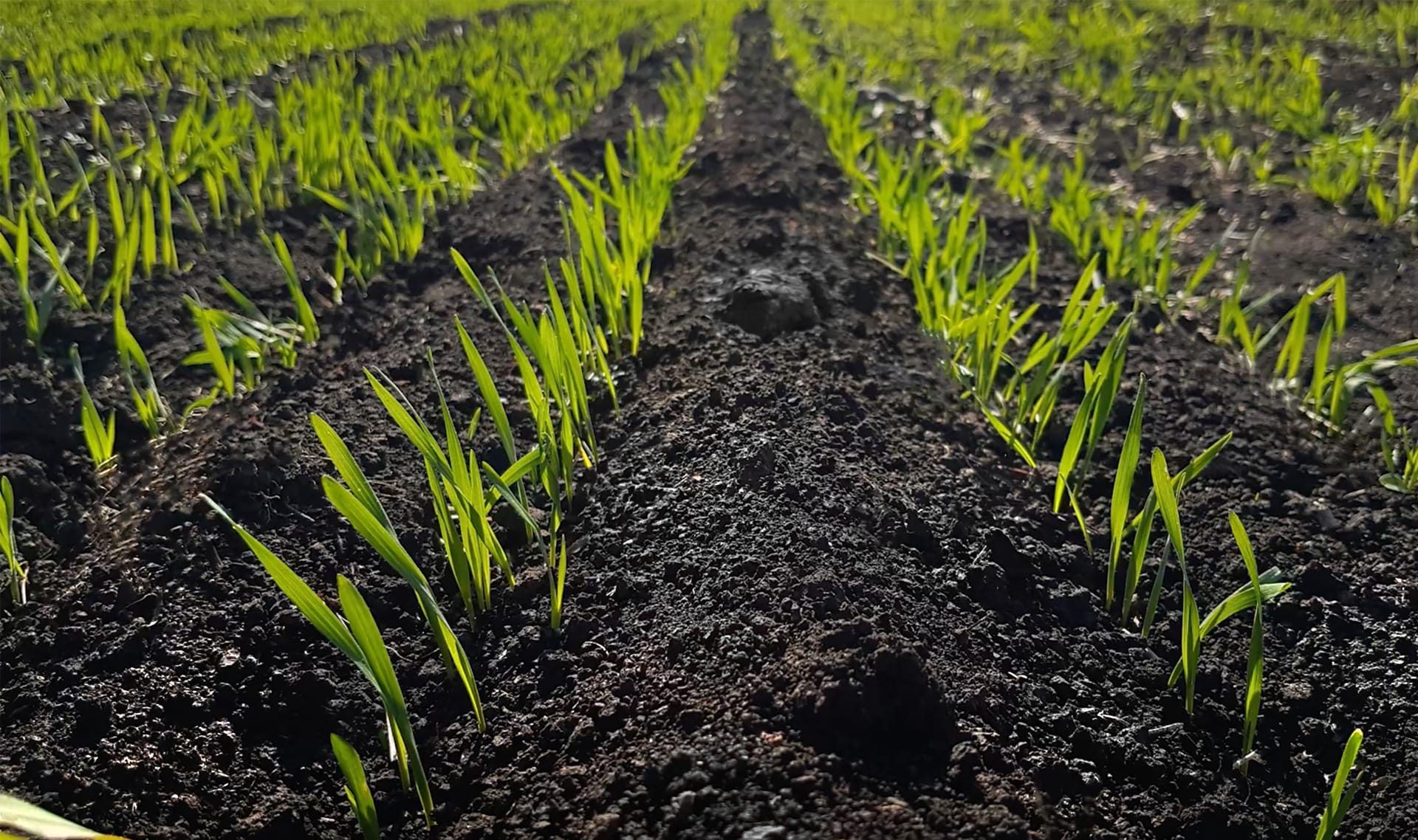
suelo
1 de 12
pedacitos de piedras y de otros materiales que cubren la superficie de la Tierra
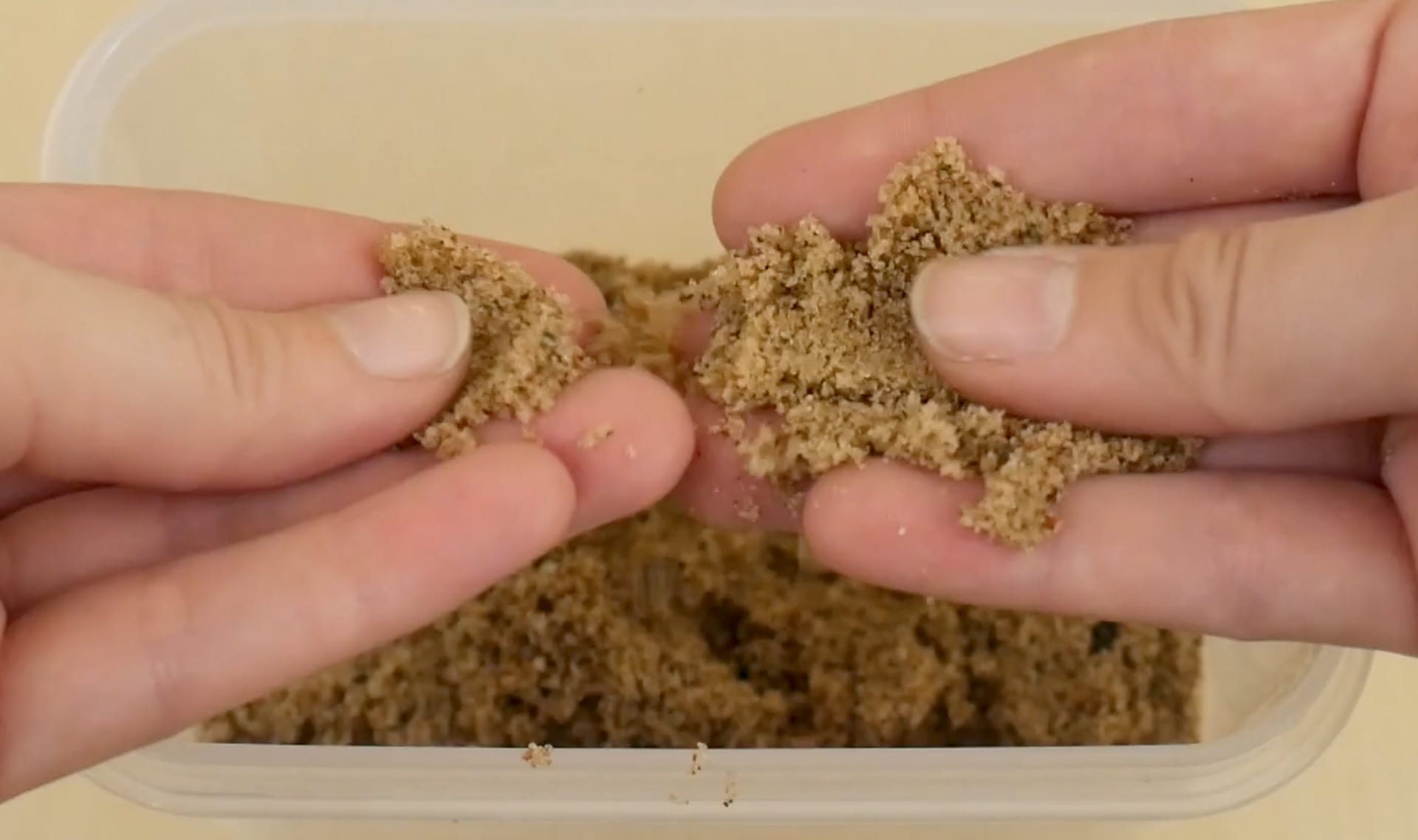
suelo arenoso
2 de 12
un tipo de suelo con una textura muy áspera; el agua fluye fácilmente a través de él
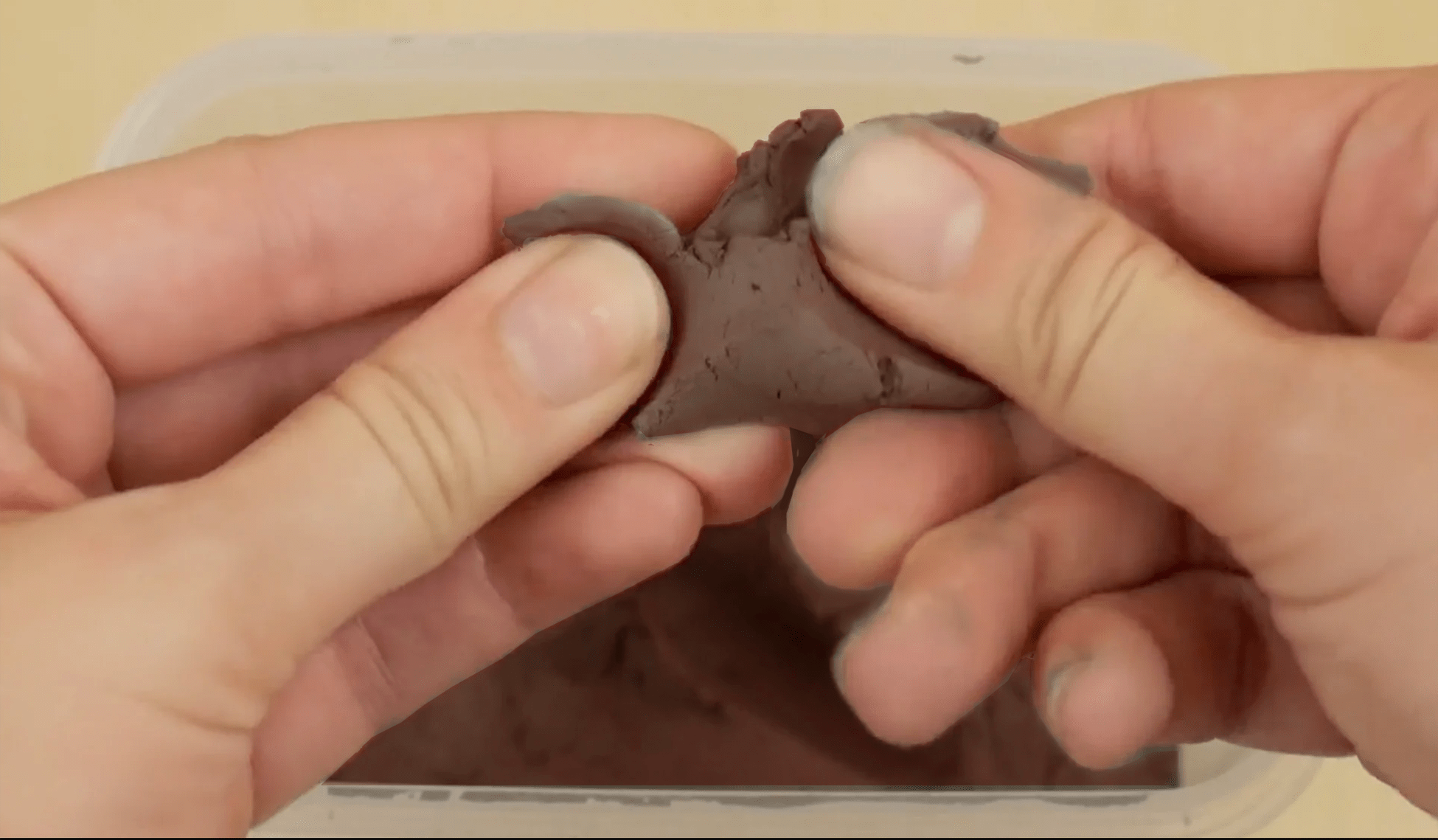
suelo arcilloso
3 de 12
tipo de suelo con una textura muy suave; no es fácil para el agua fluir a través de él

Please wait…
This video is having trouble loading. You may have lost your Internet connection.
Step 1: Click to Reload this page
Step 2: Click to
Try our other video player
Step 3: contact support if trouble persists.
Or,
dismiss this message.
tiempo
4 de 12
el estado del aire en un momento y lugar determinado
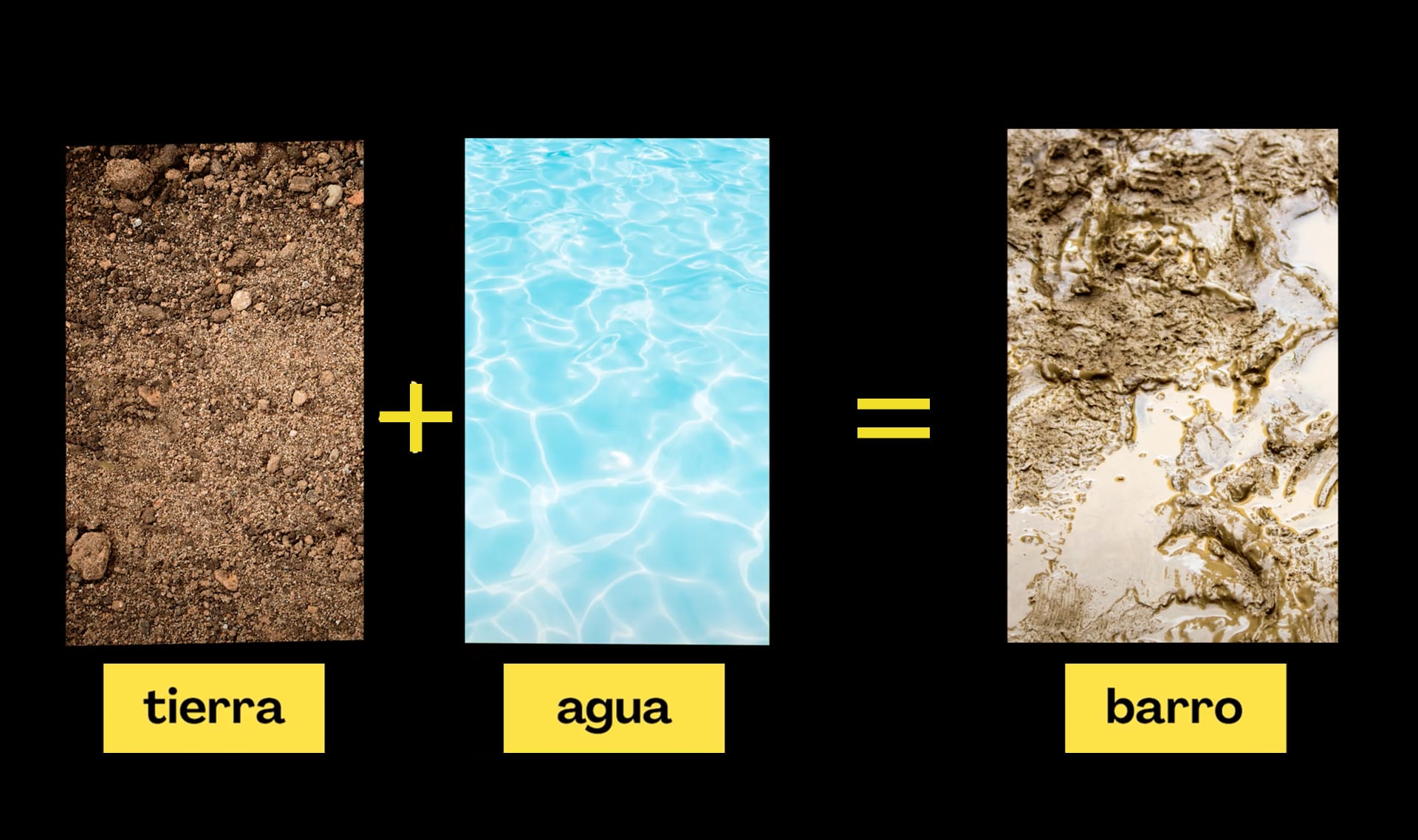
mezcla
5 de 12
una combinación de dos o más cosas
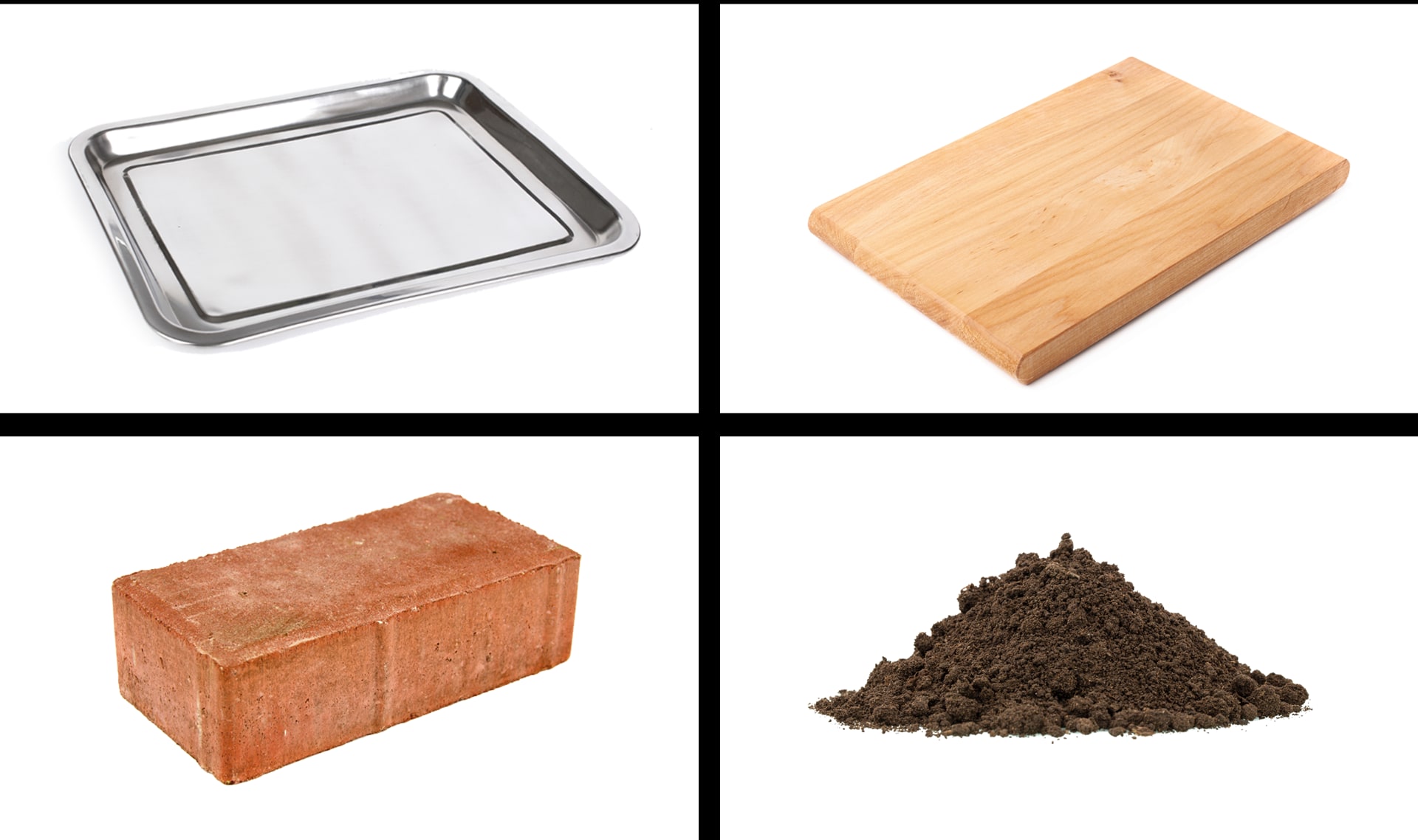
material
6 de 12
de lo que está hecho algo, por ejemplo: metal, madera, o plástico

textura
7 de 12
cómo se siente algo cuando lo tocas, por ejemplo: áspero o liso
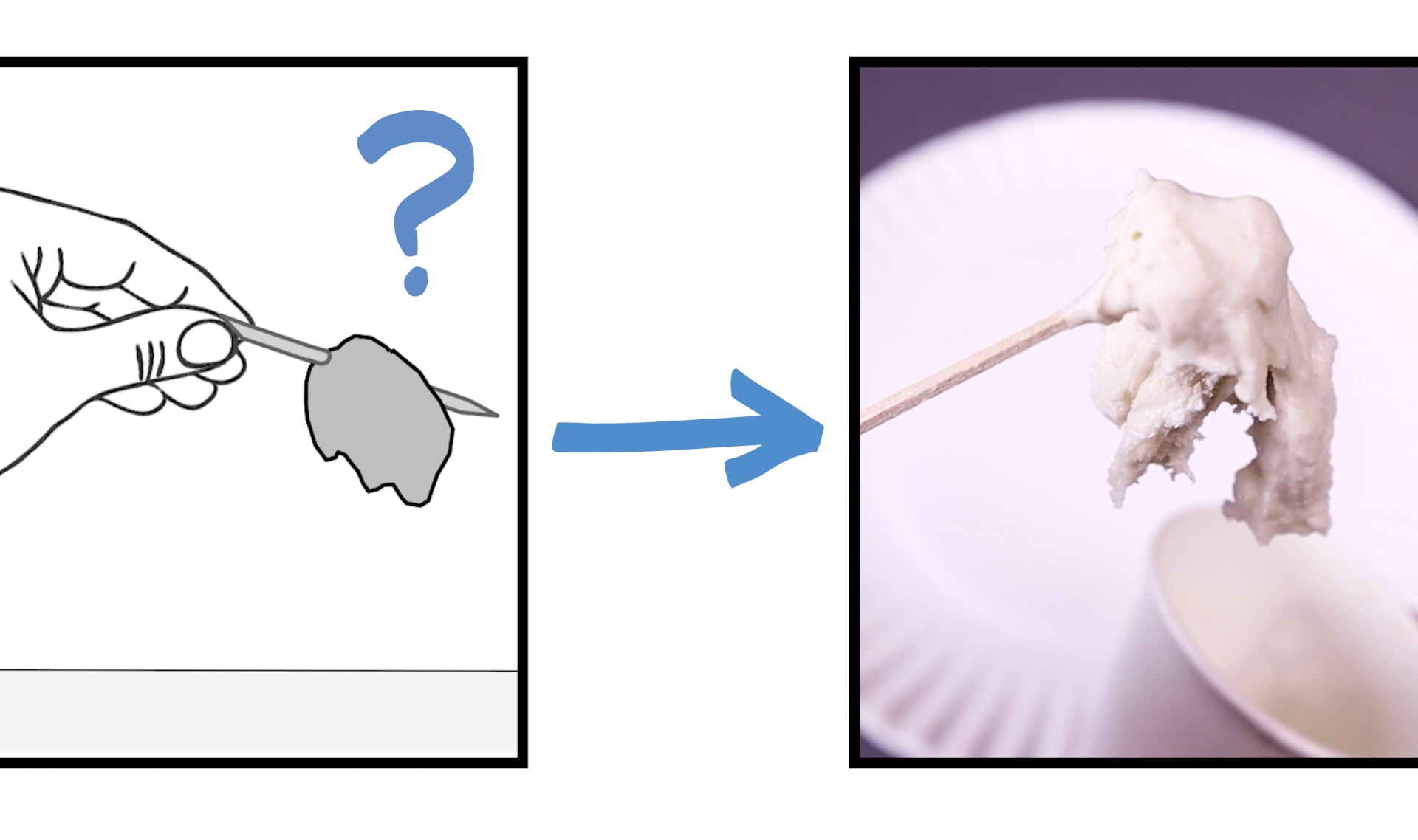
investigar
8 de 12
averiguar la respuesta a una pregunta o para entender cómo funciona algo
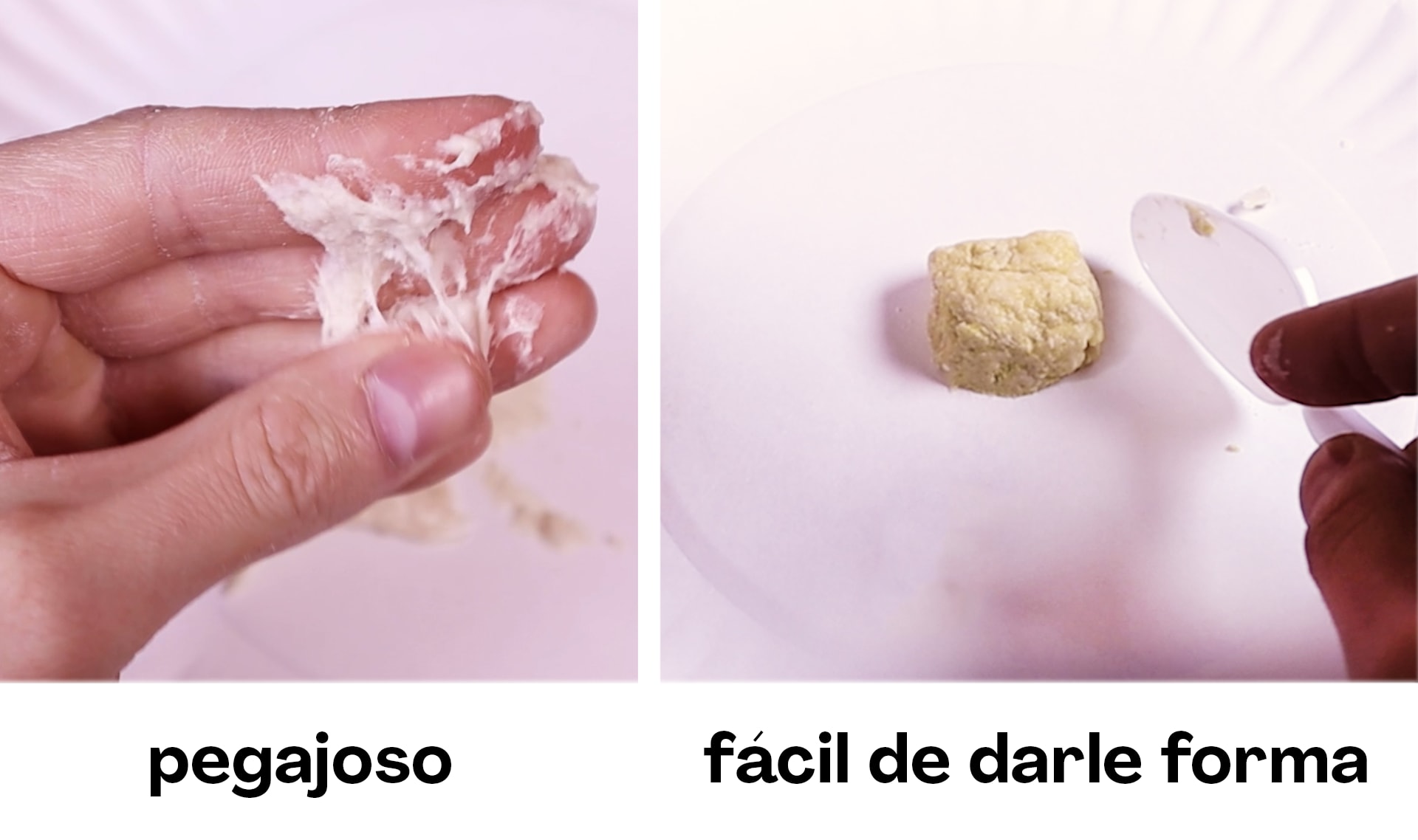
propiedad
9 de 12
algo que puedes observar acerca de un objeto o de un material

Please wait…
This video is having trouble loading. You may have lost your Internet connection.
Step 1: Click to Reload this page
Step 2: Click to
Try our other video player
Step 3: contact support if trouble persists.
Or,
dismiss this message.
modelo
10 de 12
una versión de mentiras de algo que los científicos usan cuando la cosa de verdad es algo demasiado grande, pequeño, o complicado para poder usarlo en sus estudios
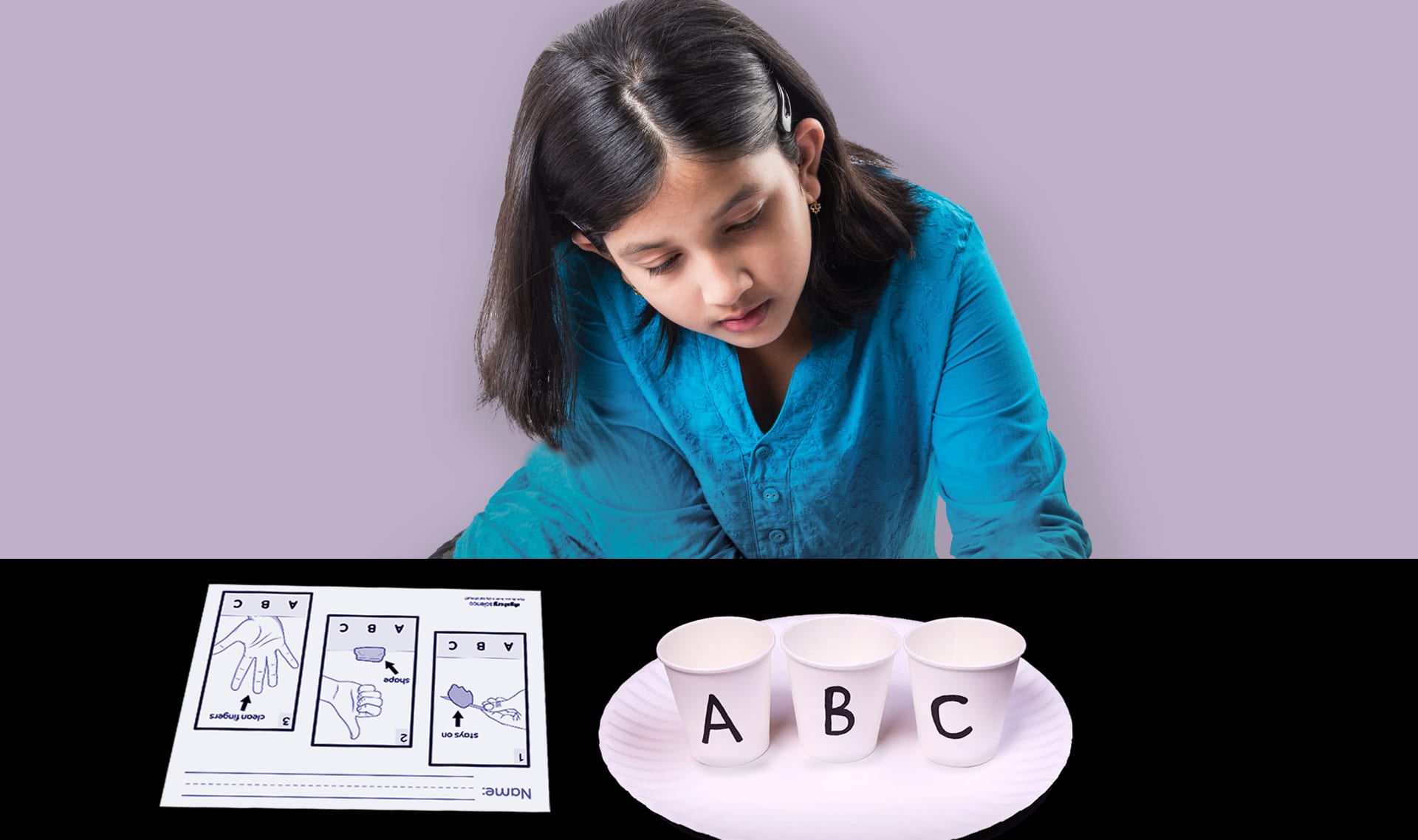
observar
11 de 12
ponerle mucha atención a algo
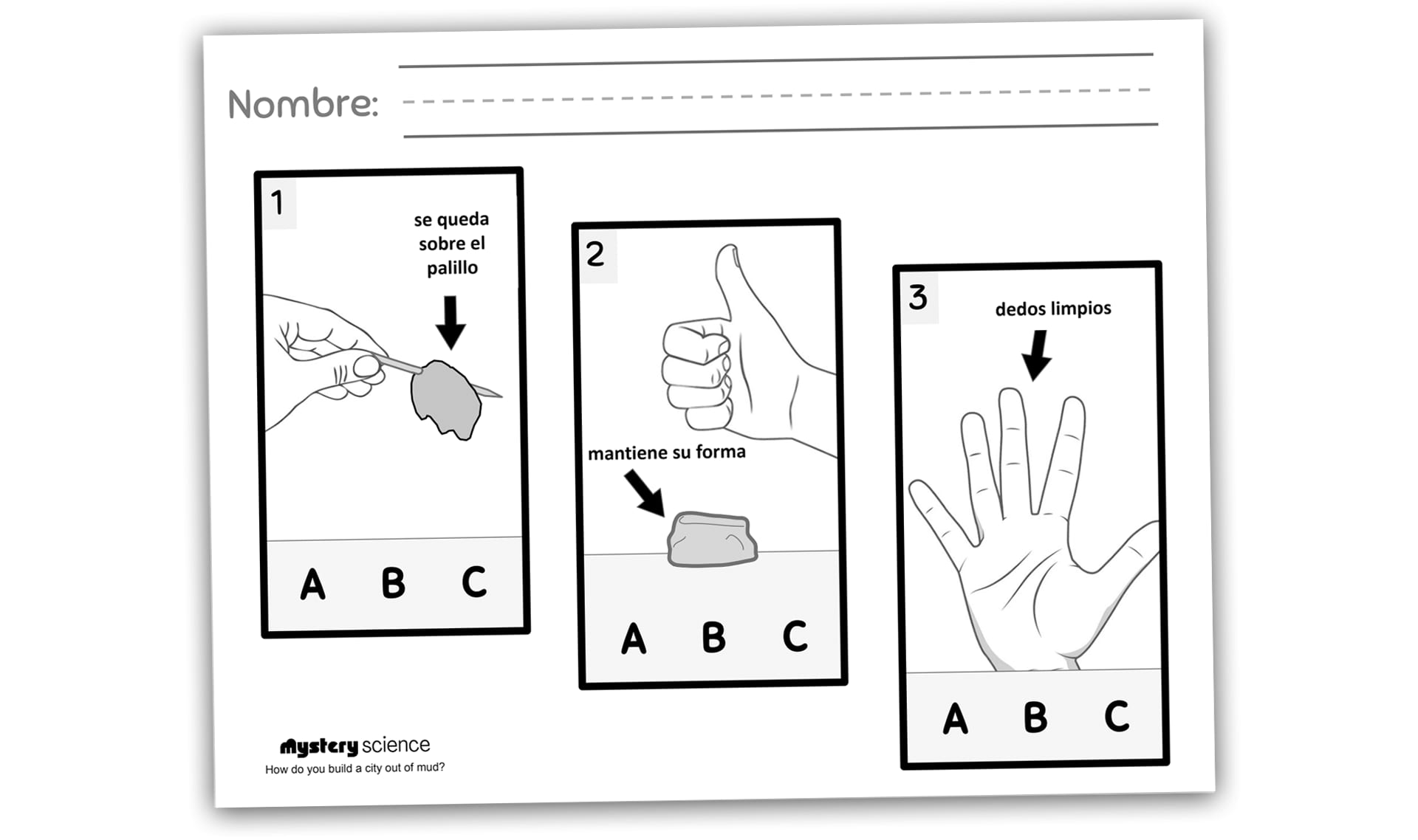
experimento
12 de 12
una prueba que se usa para descubrir más información sobre una pregunta
🎉
That’s it for this lesson! How did it go?
Sign up now for more great lessons!
